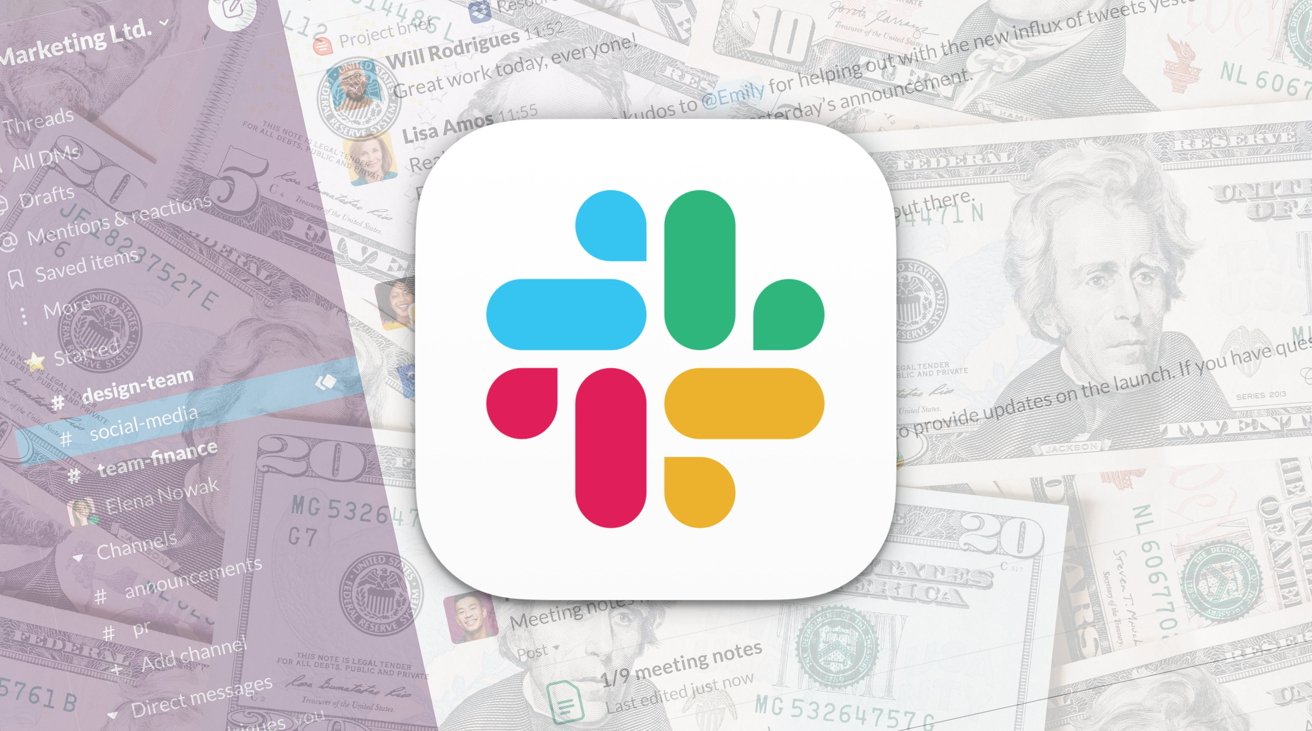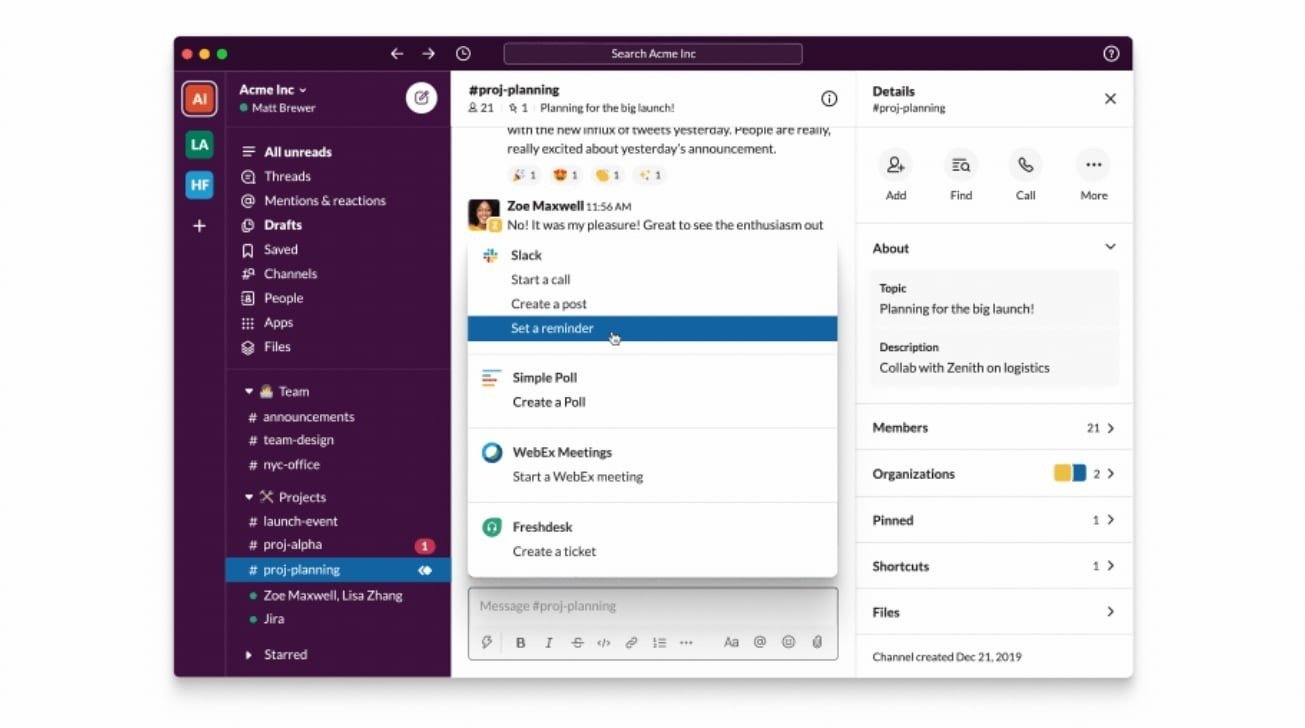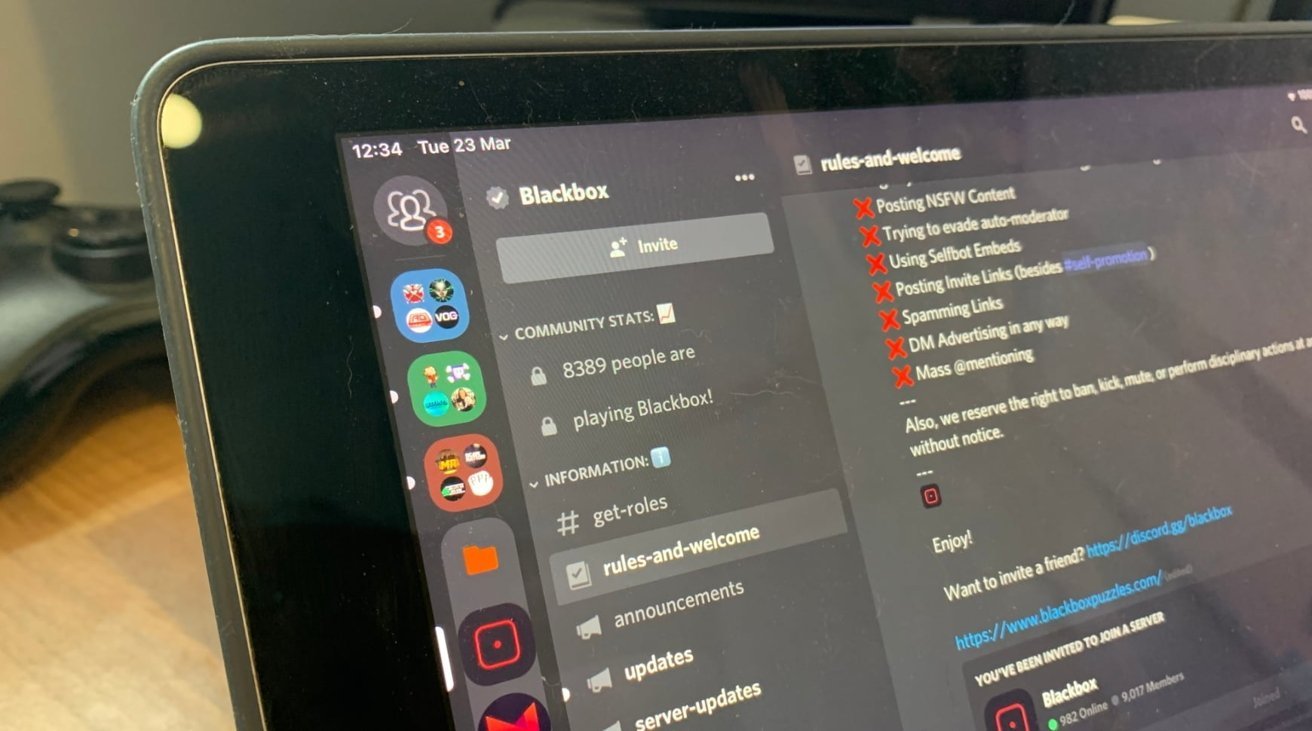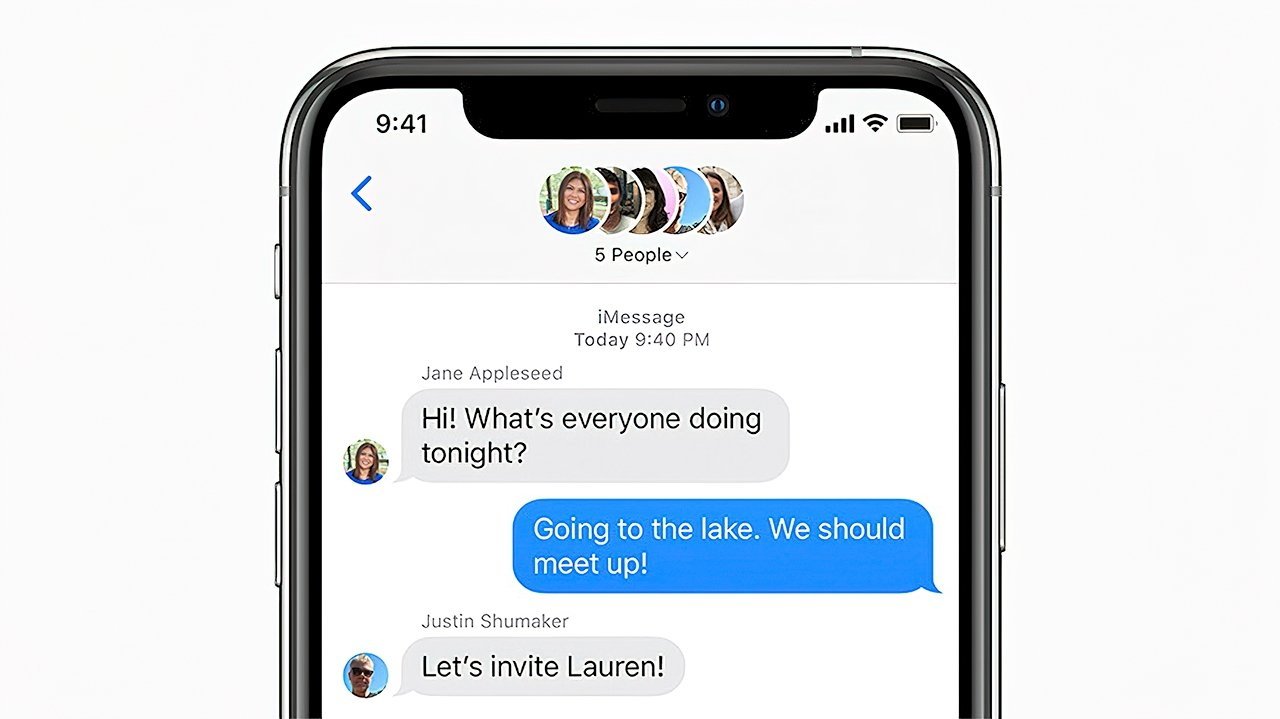The best alternatives to Slack for work communications
Slack is raising its prices, which makes it an excellent time to consider other ways to collaborate with colleagues online. Here are alternatives to Slack that you'll want to check out.
Slack is increasing its prices on September 1st, raising the cost per user for its paid plans. This is Slack's first increase in price since its launch in 2014, making it an extremely rare event.
However, businesses often need to find ways to reduce costs and extract as much value as possible from their outgoings. The price rise will be a concerning problem that employers and bosses will closely examine to work out if it's best to stomach the extra cost or to try going elsewhere.
Slack's raises and free bonuses
According to Slack's blog, the monthly Pro subscription cost will go up from $8 per user per month to $8.75, with similar changes made for different currencies worldwide.
The annual Pro subscription plan will increase from $6.67 per user per month in the U.S. to $7.25 per user per month. Slack adds that annual subscribers who renew early before September 1, or current monthly Pro subscribers switching to the yearly plan by that time, will lock in the current $6.67 rate for the year.
The changes won't just affect Pro subscribers. Its free plan will also benefit from several changes that will make it more useful. For a start, instead of a 10,000 message limit and 5GB of storage, free users will instead get a 90-day message history and file storage.
Free users will also access new features such as clips, and teams can set a retention period for messages and files.
The increase of $0.75 per user per month may be a reasonably small cost to stomach for business owners. This does equate to a $9 increase per user per year, or $6.96 per user per year for annual subscribers. If it's a business with hundreds or thousands of employees, those small increases can quickly add up.
There's also the extra cost of switching apps to consider, as teams will have to re-learn a new communications tool.
It could take a while for employees to get used to a new way of working. Then again, with many similar tools providing easy-to-use environments, this may not be as big a problem as you might think.
But, if the extra cost of Slack has planted the seed to shift workers to a different communications platform, here's where you should look first.
Microsoft Teams
A mainstay of work and education collaboration Microsoft Teams is a multi-platform collaboration tool that focuses on the world of work.
At its heart, it is a chat client used to communicate with other team members and clients. Again, you can divide conversations into groups, hold private talks, share files, plan tasks, and hold meetings.
These group meetings can be audio and video, with encryption used throughout to prevent prying eyes from ruining a discussion.
Microsoft does offer Teams as a free service, which provides unlimited one-to-one meetings up to 30 hours in length, unlimited 60-minute group meetings for up to 100 people, 5GB of cloud storage per user, and no limits to chat communications.
A Microsoft Teams Essentials plan costs $4 per user, per month as an annual subscription, which increases the group meetings to 30 hours long, ups the meeting limit to 300 people, increases the cloud storage limit to 10GB per user, and adds in phone and web support.
For businesses that use Microsoft's productivity suite, the Microsoft 365 Business Basic plan may be worth a look at $6 per user per month.
The Microsoft 365 Business Basic plan adds on top of Teams Essentials by including meeting recordings with transcripts, 1TB of cloud storage per user, "Business-class email," and web and mobile versions of Office apps, including Word, Excel, and PowerPoint.
For the even higher cost of $12.50 per user per month, users also get desktop versions of the Office apps, webinar hosting, the ability to manage customer appointments, and access to attendee registration and reporting tools.
Companies already paying for a Microsoft 365 Business Standard subscription may see the benefit of switching to Microsoft Teams, if only to reduce the number of subscriptions they already pay.
Zoom
Rising in prominence due to the pandemic, Zoom became a lifeline for families and businesses worldwide as they scrambled to online working. Though famous for video meetings, Zoom does offer a lot more in terms of collaboration tools.
The start is the Zoom Meetings, but there's also chat, phone calls, Zoom events and webinars, Rooms for group conversations, and so on. The primary Zoom Meetings can also be far-reaching, with HD video and audio support for up to 1,000 participants at a time.
The service also has an app marketplace with integrations for more than 1,000 apps, expanding its utility. There are also APIs, SDKs, and webhooks to allow developers to add their custom integrations, which can be especially useful for larger organizations with their software tools.
While Zoom has multiple plans available for personal and business users, including dividing by industry, we will focus more on the all-encompassing Zoom One plans.
Again, there is a free tier, which provides meetings for up to 100 participants for up to 40 minutes at a time, chats, channels for collaboration, and file sharing. There are also three editable whiteboards for more collaborative efforts, complete with 25MB of cloud storage.
Paying for Pro is $14.99 per month per user, but that adds 5GB of cloud recording storage for the meetings and lifts the 40-minute limit.
Business is $19.99 per user per month, which enables meetings of up to 300 participants in size, complete with 5GB of cloud recording storage, and unlimited whiteboards. The plan also includes single sign-on support, managed domains, and company branding options.
Business Plus, at $25 per user per month, increases the cloud recording storage of Business to 10GB and adds in phone calls. This includes unlimited regional calling, domestic SMS and MMS, and automatic call distribution groups with call queueing.
Both Business and Business Plus require at least 10 licenses for each to be used, so that works out to be $199.90 per month for ten Business licenses or $250 per month for 10 Business Plus licenses.
There's also a 17% saving if you bill annually.
Zoom is undoubtedly a costly option among the group, but given its ubiquity, it may be justifiable for some businesses to use instead of Slack, especially if the price isn't a consideration.
Webex
Made by Cisco, Webex is a familiar name in work communications. Used for keeping members of a team in touch, Webex is arguably best known for calls and meetings, with the former offering a complete cloud phone system to its users.
Meetings provide all of the usual features, including HD video and audio, recordings and transcriptions, and screen sharing. Webex also includes extra elements, including calendar integrations, digital whiteboarding, and interactive live polling of participants.
There's even gesture recognition so that groups can offer responses to a speaker with a hand movement instead of clicking.
The meeting features can power large virtual events with up to 100,000 attendees, complete with interactive webinars, providing elements that work both for in-person audiences and those tuning in online.
There are also the usual messaging features, where members chat to each other in text, but can also trigger a call or video call from various devices. This messaging also works both inside the business and outside, with external collaboration possible.
Webex offers many plans, but the Suite offers most of the services Webex provides.
The free plan enables meetings, calls, and messaging, with limitations. Meetings can be up to 50 minutes in length and for up to 100 people, but without automatic recording, closed captioning, meeting highlights, or live polling.
Calls are limited to anyone with a Webex account. Messaging is mainly unlimited, except for participant management options and availability statuses.
The Business Meet + Call plan costs $25 per user per month but adds in many extra features, starting with a more extended meeting length of up to 24 hours for up to 200 people. Meetings can also be recorded to 10GB of cloud storage, with highlights, transcripts, streaming to YouTube and Facebook, and other elements thrown in.
Calling features are enhanced to allow for calls to any number, including local, domestic, and international, though the latter can be charged. Elements such as visual voicemail, 6-way conference calls, forwarding, call waiting, and a phone menu system are also included.
An Enterprise option is also available, with a 1,000-person meeting capacity and enhanced call features, including queues, recording, paging, developer tools, and voicemail-to-email. However, Webex doesn't offer license pricing for the plan but warns it will require a minimum of 100 licenses to be purchased.
Discord
It may seem unusual to recommend an app that's not specifically work-related as an alternative to a work-focused tool, but a lot of what Discord offers makes sense. In effect, Discord is a very public-facing form of Slack.
Like Slack, you can set up a private server and invite employees and collaborators to it. Different channels can be set up, with varying permissions for whom can post where, along with direct messaging between users.
Then there are the voice communications elements, direct and group video chat, screen sharing features, file-sharing, and so on. You can even enable custom bots to perform specific functions like Slack.
There is also the benefit of it being an already mature platform that is heavily used by the public. Most of the Slack user base is probably already familiar with how Discord works, meaning there is a shallow learning curve for many people.
There is the danger of employees potentially accessing multiple Discord servers through their account, drawing attention away from work, but for businesses with a public-facing side, this may not be a bad thing.
Aside from a private server, nothing is stopping a company from setting up a second publicly-accessible server, complete with various management features to prevent it from going off the rails.
Discord, at its most basic, is free, but you can improve the server by paying for server boosts. These increase various features that apply to all of that server's users, such as the audio quality on a server, the resolution for video streams, increasing the file upload limit, and various branding and emoji elements.
These boosts are $4.99 per month each, with different levels requiring varying numbers of boosts to upgrade the server. Though the boosts are intended to be made by users, which can benefit public servers greatly by spreading the cost, nothing is stopping a single user from paying for multiple boosts.
At $9.99 per month, subscribers of Discord Nitro get two server boosts as part of their subscription, as well as a 30% discount for extra boosts. Nitro users also get 100MB upload limits, HD video streaming, and other elements, regardless of the server they access.
If you want the top tier Level 3, which includes 384Kbps audio streams, 1080p video, and 100MB file limits, that requires 14 server boosts. That, if paid for by one user, is effectively Nitro for $9.99 and 12 discounted boosts, making it $51.91 per month.
That works out to be less than the cost of six employees under the per-month Slack subscription post price rise.
For a group of four or five employees, you could potentially justify paying for Nitro for all of them, which provides many of the benefits of boosts, but isn't limited to just one server.
Other Messaging Apps
Tools like Slack are great for keeping work communications to just one application. This focus could be good for businesses, but it's not necessarily the best fit for everyone.
The more publicly-accessible Discord demonstrates that you don't need to have something work-specific to hold work-related calls and communications. Depending on your requirements, you may not even need to use a full-blown work comms tool.
If the team is small enough, maybe you could get away with using standard messaging tools. If it's simply a way to keep a team in contact, that could be as easy as setting up a group message within any mainstream messaging app of your choice.
For example, Apple's iMessage platform, Skype, and WhatsApp all enable text-based messaging, file sharing, and so on in a group. Video calls and group calls are also possible, using applications that employees are probably very familiar with already.
What's more, you're not necessarily paying out to use these platforms.
They may not necessarily be the best or most apparent for business communications, but most messaging apps will get you most of the way to what Slack offers. They just need a bit more discipline from the users to do so.
 Malcolm Owen
Malcolm Owen




















 Amber Neely
Amber Neely
 Andrew Orr
Andrew Orr
 William Gallagher
William Gallagher
 Christine McKee
Christine McKee











